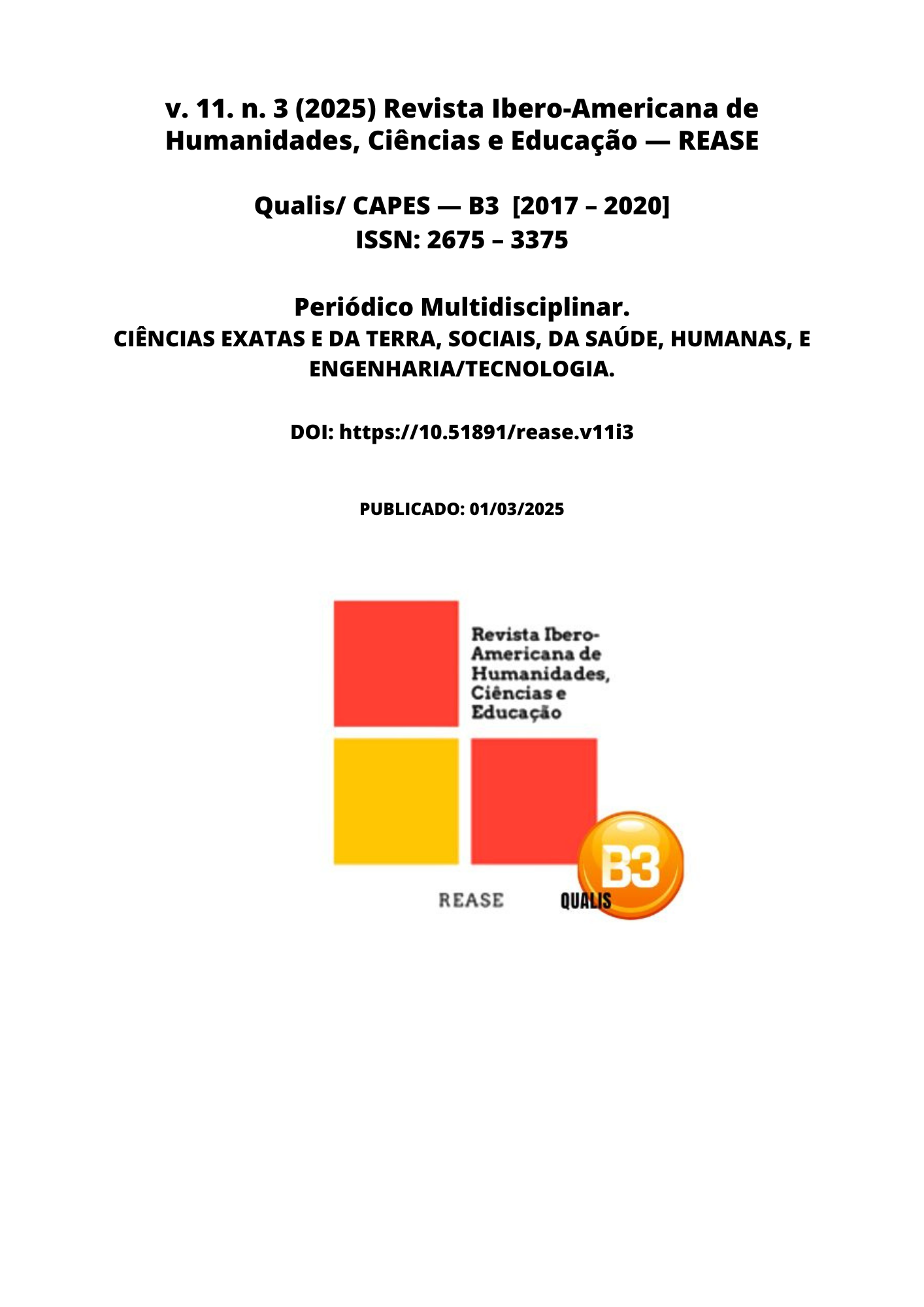OUTCOME OF TUBERCULOSIS IN PATIENTS UNDER SITUATION
DOI:
https://doi.org/10.51891/rease.v11i3.17893Keywords:
Tuberculosis. Homeless population. Epidemiology.Abstract
This article analyzes the incidence and outcomes of tuberculosis among the homeless population and those who are not in this condition, in the state of Paraná, between 2014 and 2023. The study carried out a quantitative and descriptive approach, with data collection carried out through the DATASUS TABNET platform, considering variables such as age group, sex, race and case closure status. Data analysis was performed in Excel spreadsheets and explored criteria for cure, treatment abandonment and death. The results demonstrated that the homeless population has lower cure rates and higher treatment abandonment rates, with higher mortality compared to the general population. In addition, the higher incidence of tuberculosis in the age group between 20 and 39 years reflects the vulnerability of this population. The study concludes that the precarious socioeconomic conditions faced by the homeless population, such as lack of housing and limited access to health, are determining factors for the high incidence of tuberculosis in this group, highlighting the need for public policies.
Downloads
Downloads
Published
How to Cite
Issue
Section
Categories
License
Atribuição CC BY

